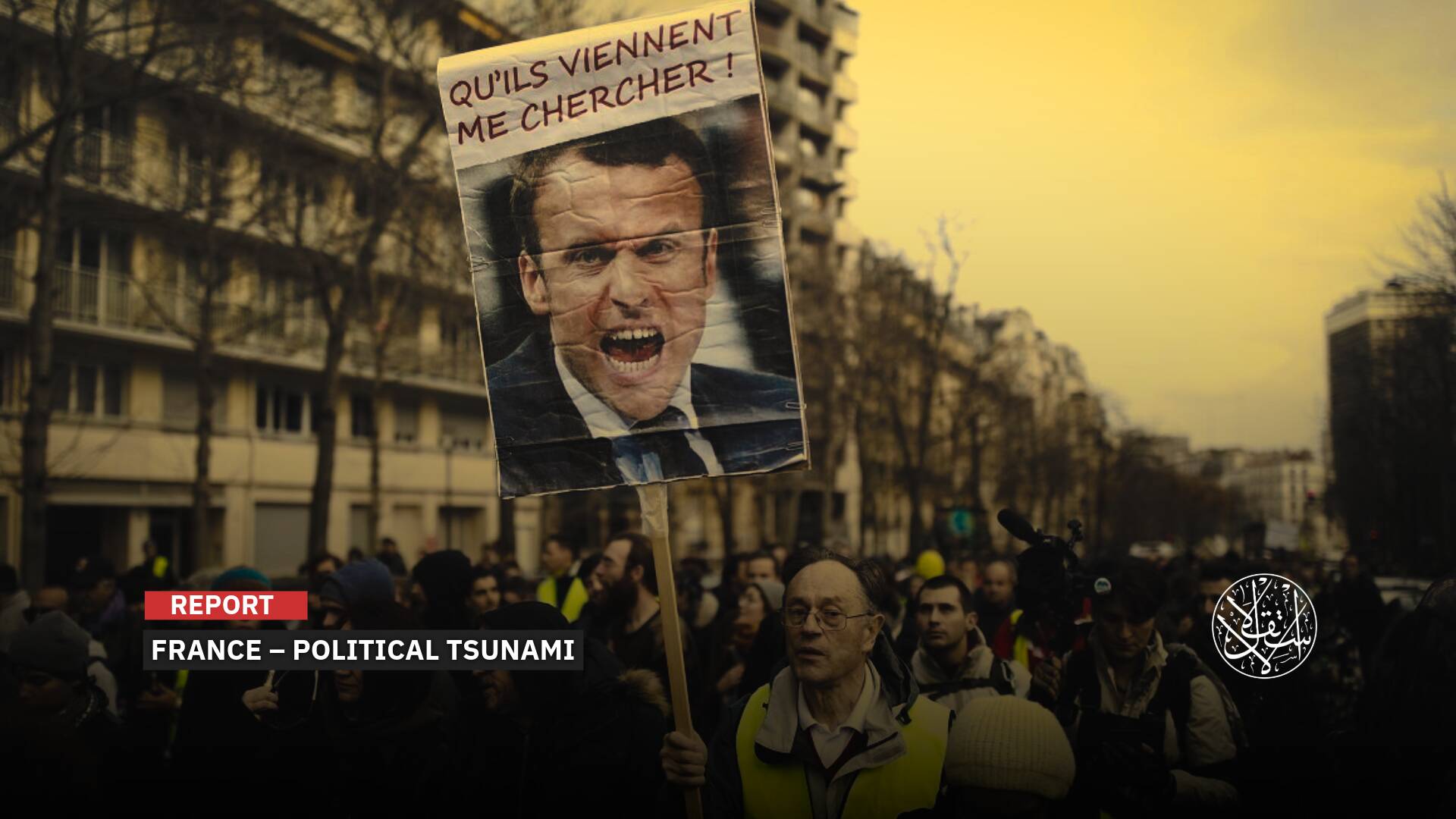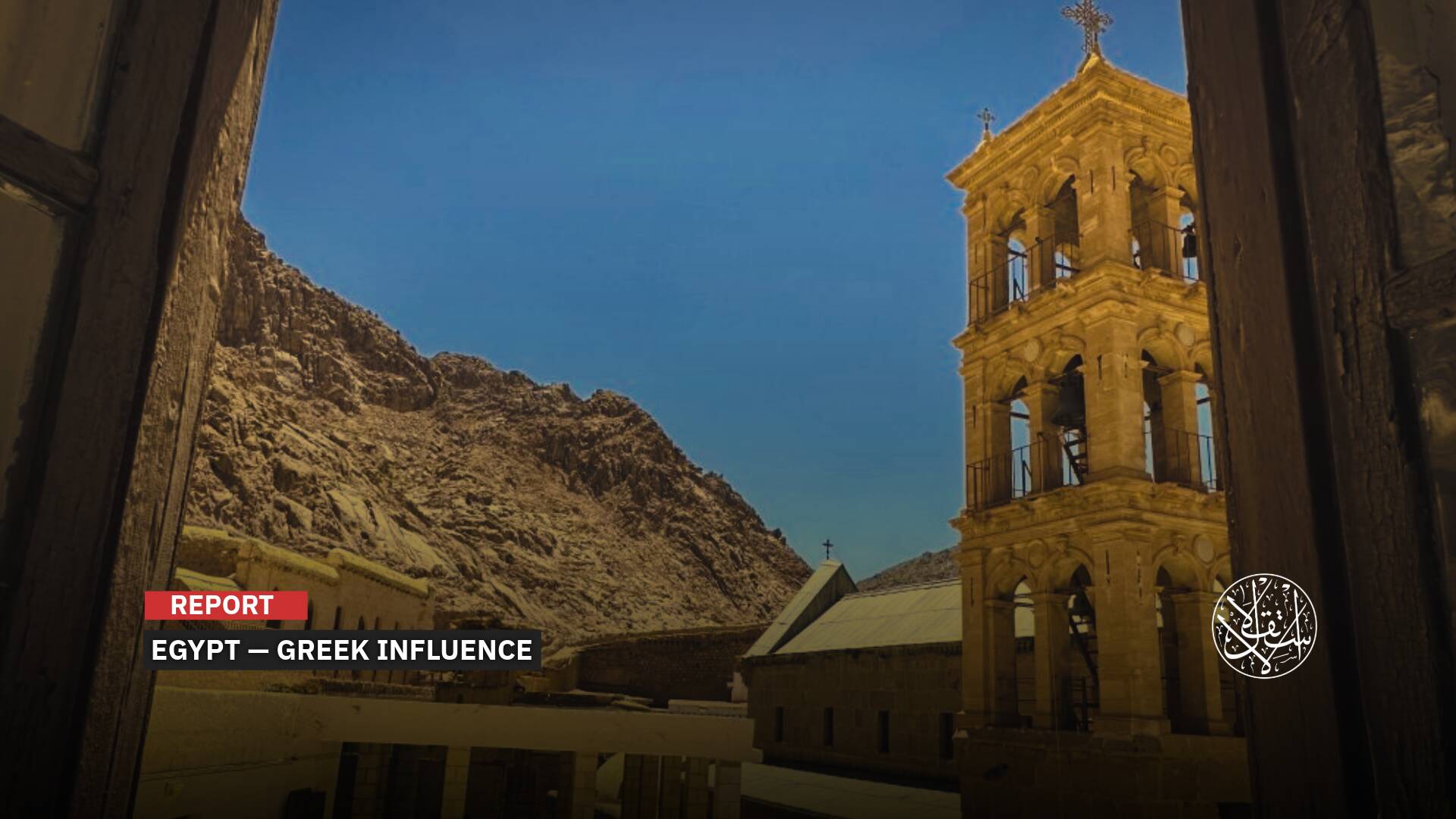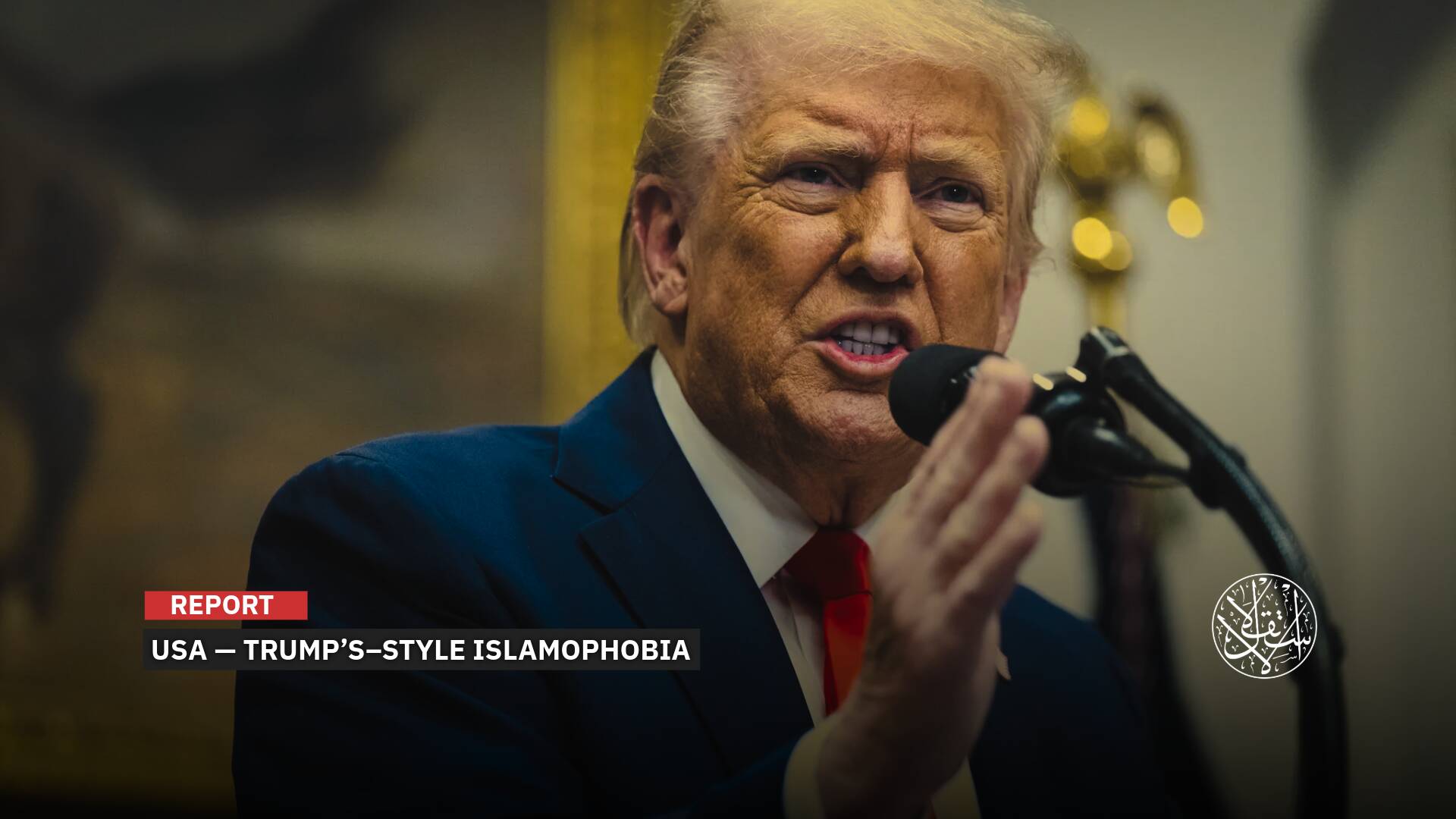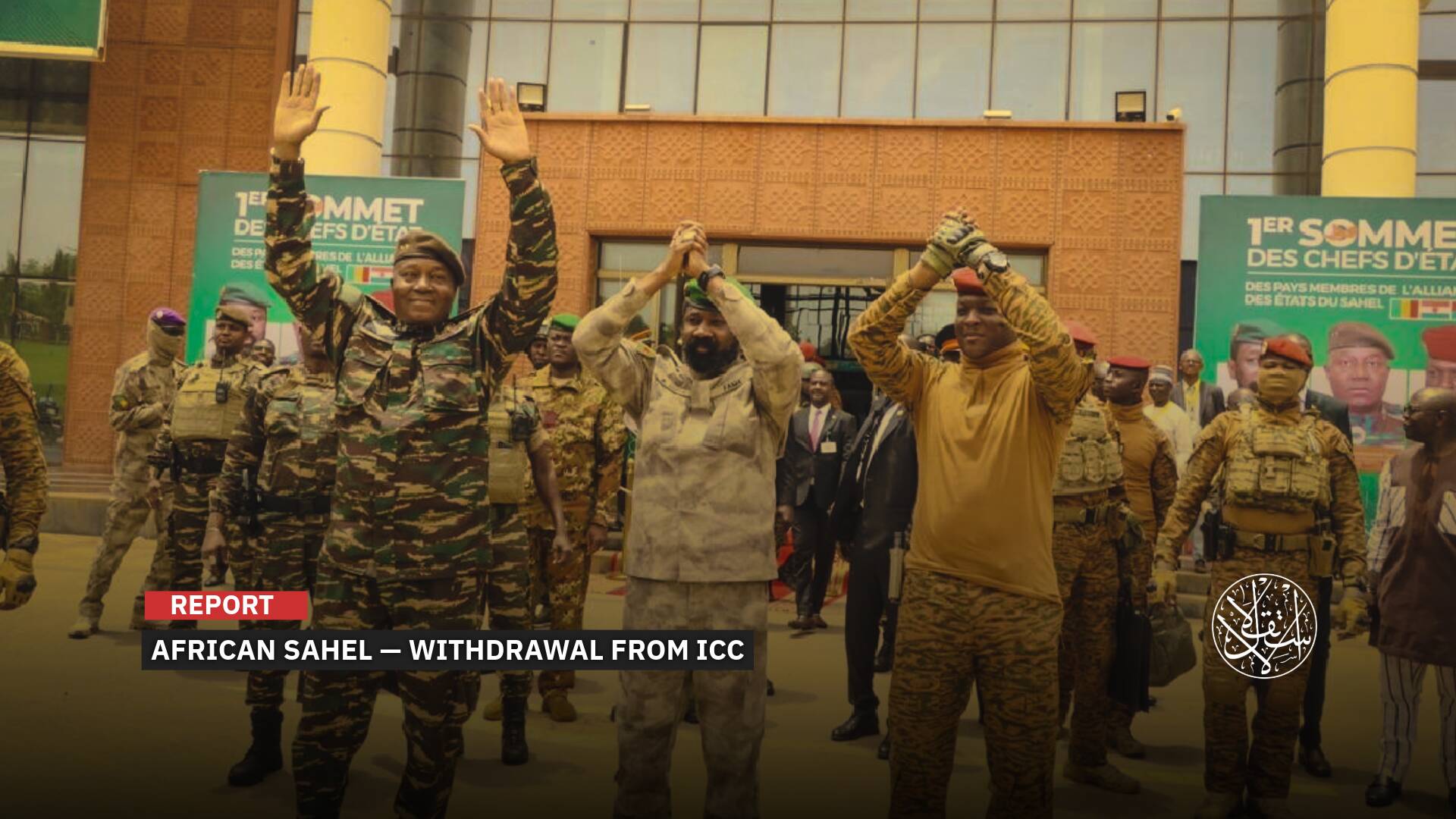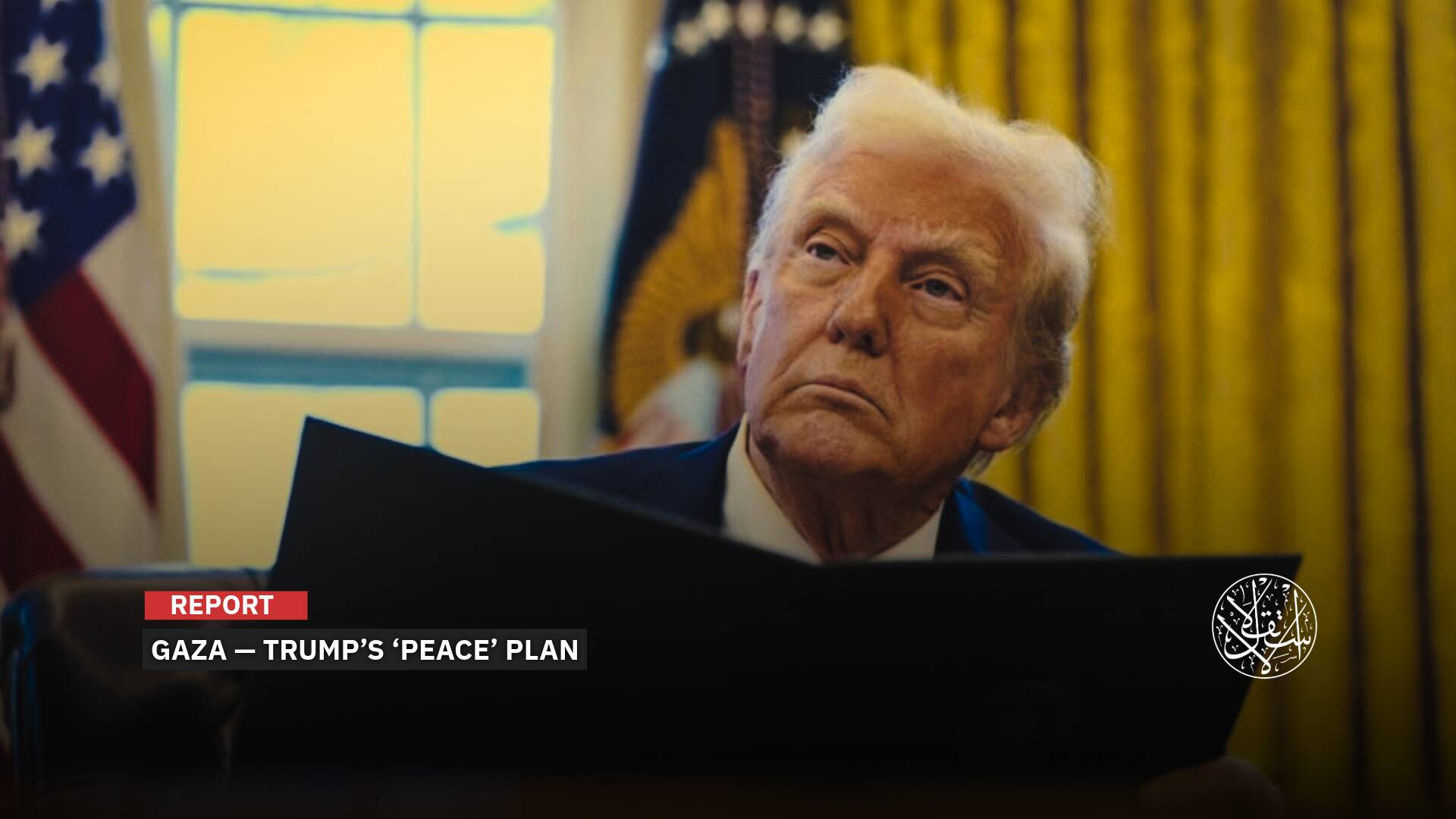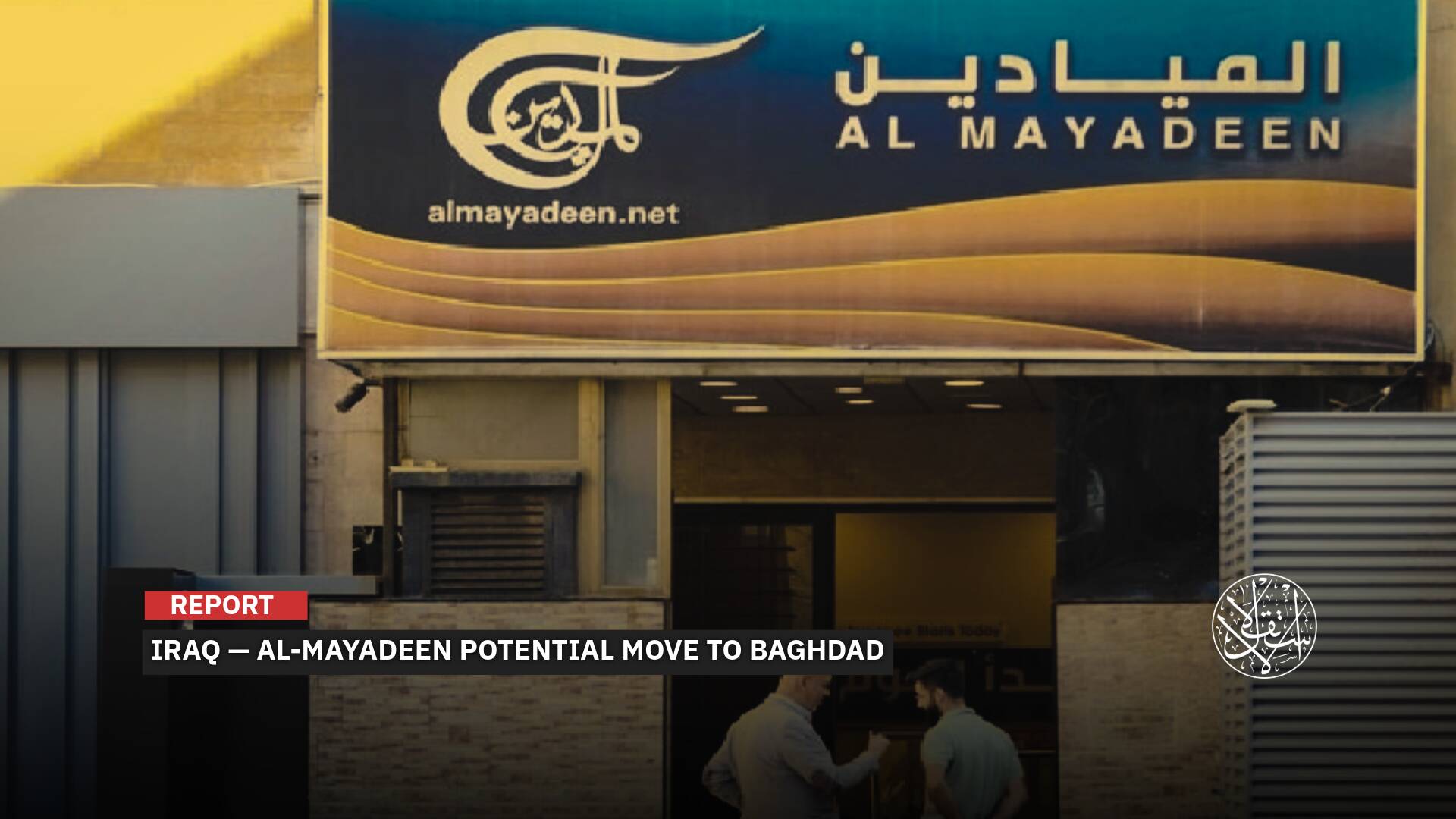How Has Climate Change Caused a New Famine in Somalia?

Last week, the World Health Organization (WHO) reported that nearly 42,000 Somalis died from famine and severe drought in 2022 alone, more than the death toll from famine recorded in 2017/18.
As a devastating drought enters its sixth year in the Horn of Africa, tens of thousands of people could die in Somalia alone, where nearly half the population is facing acute food insecurity, according to the report.
The drought, which has been exacerbated by conflict and political turmoil, has also displaced millions of people across Somalia, Kenya, and Ethiopia, creating a humanitarian crisis that has not been seen in the region for four decades.
According to the report, an average of 135 people are expected to die every day in Somalia from drought-related causes between January and June this year.
As of December 2022, the UN estimates that 7.8 million Somalis are in need of urgent humanitarian aid, up from 3.2 million in January 2022.
WHO Representative Dr. Mamunur Rahman Malik, commenting on the study findings, said that: “The cost of our inaction will mean that children, women, and other vulnerable people will pay with their lives while we hopelessly, helplessly, witness the tragedy unfold.”
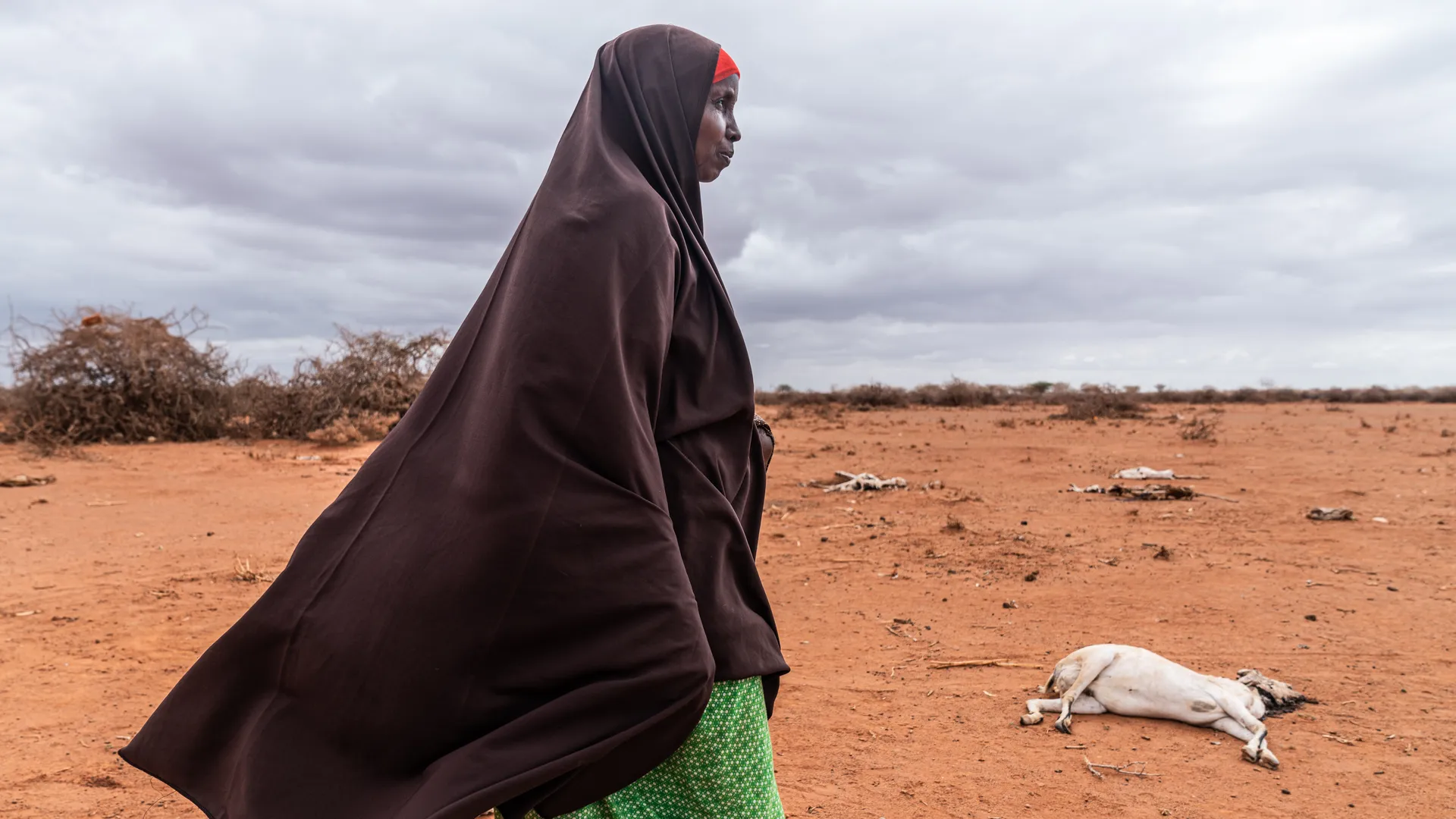
Consecutive Disasters
Five consecutive droughts in parts of Kenya, Ethiopia, and Somalia have caused livestock deaths, destroyed crops, and forced more than a million people to leave their homes in search of food and water.
Forecasters say a sixth dry season is also expected, underscoring the fears of aid agencies who have warned of an unprecedented humanitarian catastrophe looming.
While the famine threshold has not been reached, the UN says more than half of Somalia’s population will need humanitarian assistance this year.
Trocaire’s country director in Somalia, Paul Healy, says that “for five seasons all the crops have died, over 3.5 million livestock have died and people have migrated, desperately taking what is called the ‘long walk’ because in their own homelands there is nothing left.”
Across the country, 1.4 million have been driven from their homes since 2021.
By mid-2023, more than an estimated eight million Somalis—nearly half of the country’s population—will be experiencing crisis levels of food insecurity, or worse.
Rivers have dried up, forcing families to walk distances of up to 100 km to seek sustenance and refuge in places where water still flows—many don’t make it, but no one here is gathering those figures.
In the face of this crisis, the United Nations has not stood idly by and has already contributed to the launch of a humanitarian plan in Mogadishu last month, promising $2.6 billion in humanitarian aid to Somalia.
But Abdirahman Abdishakur, the Special Presidential Envoy for Response to Somalia’s Drought Crisis, is skeptical of the usefulness of such aid, saying that since the 2011 famine, the United Nations has spent nearly $8 billion on humanitarian aid, yet the tragedy continues and repeats every year.
The problem, then, is not the provision of humanitarian aid; observers should ask the authorities how this money is spent and why it does not go to those who deserve it and to support infrastructure. What exactly is the problem?
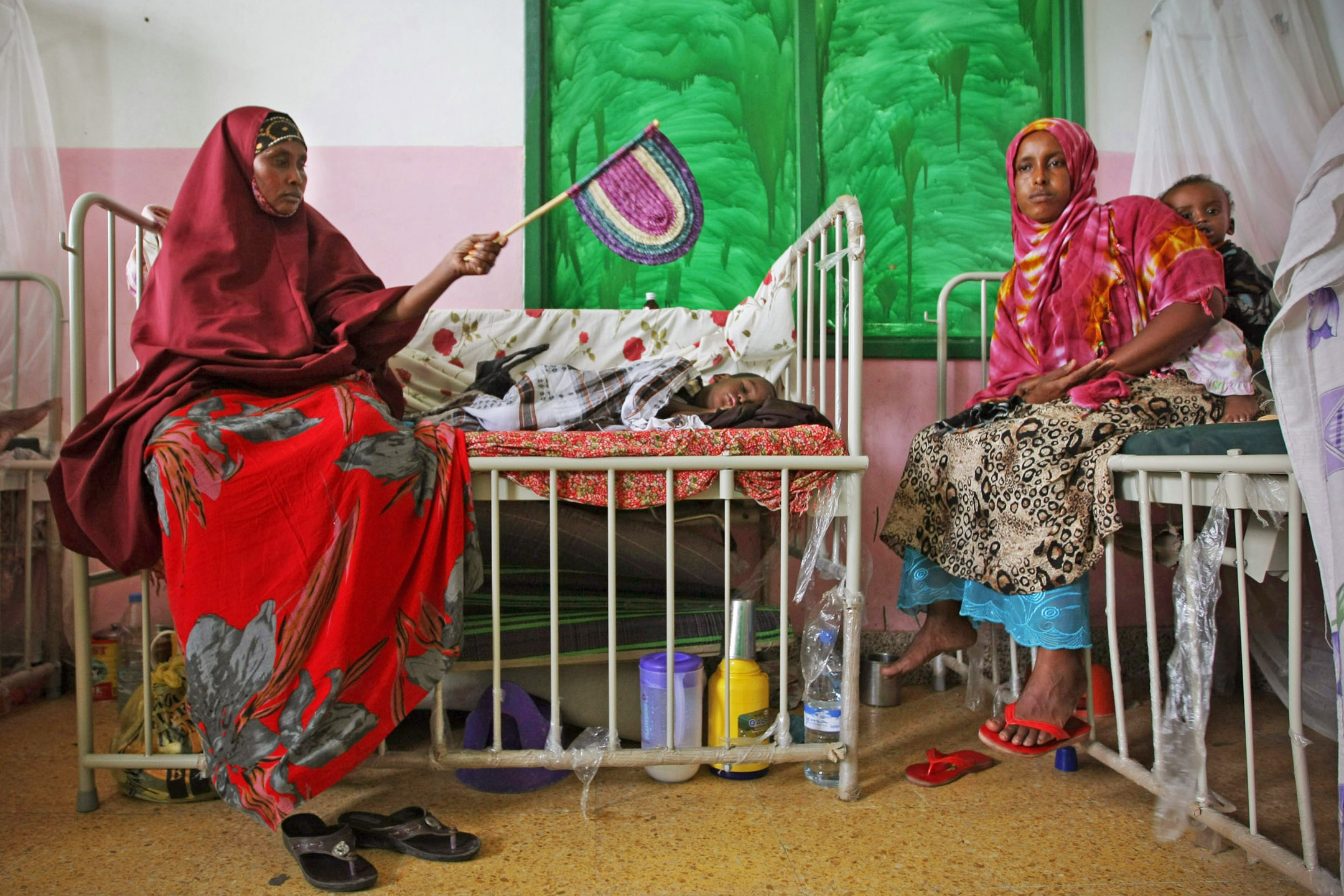
Aid is Not the Solution
If we spent that $8 billion—or even a third of it—on resilient systems and projects such as water tanks, irrigation and livestock feed, and a clean alternative to energy such as solar, we would now be able to mitigate the devastating effects of the climate crisis on our societies.
But once those funds are allocated to humanitarian aid, it is prohibited to use them for any other purpose, even if this use is related to the crisis, so there must be a serious paradigm shift in how the aid money that arrives is spent.
The month of April is the rainy season in Somalia. Somalis rejoice in the advent of the month because it irrigates plants, but now, with weather changes, the rains do not come down, and instead the weather is scorching with heavy dust. This drought is a climate crisis that is considered the worst in forty years.
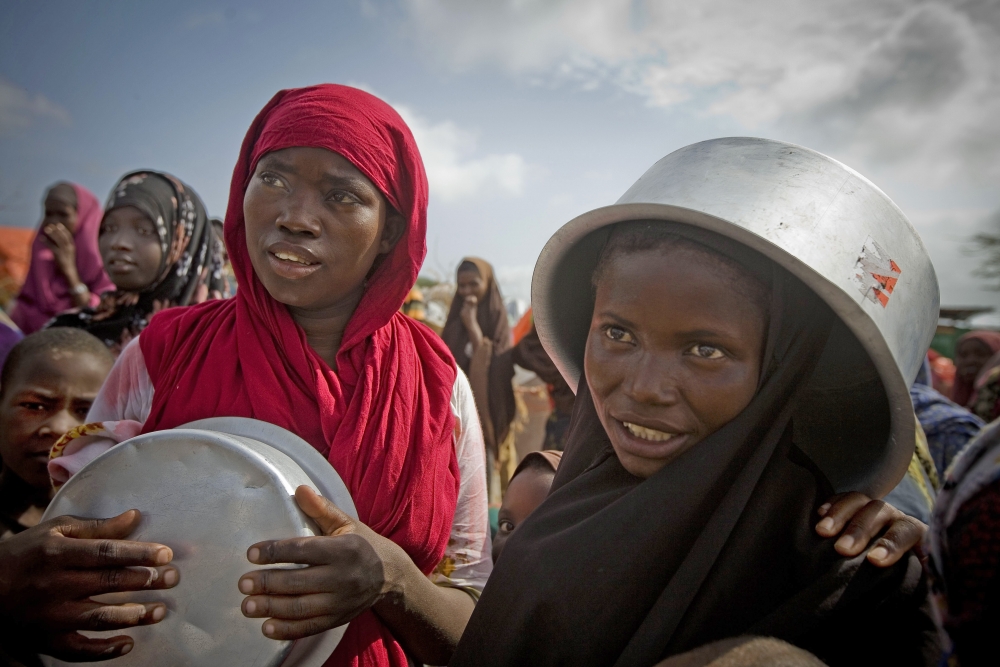
As Somalia faces another devastating drought, the people who live off the land are paying a heavy price for a climate crisis they did not cause.
According to Abdishakur, Somalia is one of the most vulnerable countries in the world to climate change, yet it has contributed little to the greenhouse gas emissions that are warming the planet.
The irony is that its people feel neglected and forgotten by the international community that caused the disaster in the first place. They demand justice and support to adapt to the new reality of erratic rainfall, extreme temperatures, and frequent droughts.
The Somali government has appealed for $2.6 billion in humanitarian assistance this year, but it also wants more long-term solutions from donors and aid agencies.
It says that better planning and coordination could have prevented many of the emergencies that have occurred since the 2011 famine, which killed more than a quarter of a million people.
“If we had invested more wisely in resilience and development, we would have saved lives and money,” said Abdishakur. “We need to break the cycle of dependency and build a more sustainable future for Somalia.”
Sources
- New study finds that 43 000 “excess deaths” may have occurred in 2022 from the drought in Somalia
- 43,000 died last year due to drought in Somalia, report estimates
- The humanitarian situation in Somalia remains extremely serious: assistance must be sustained and improved to continue to prevent famine
- Somalis are dying because of a climate crisis they didn’t cause. More aid isn’t the answer



